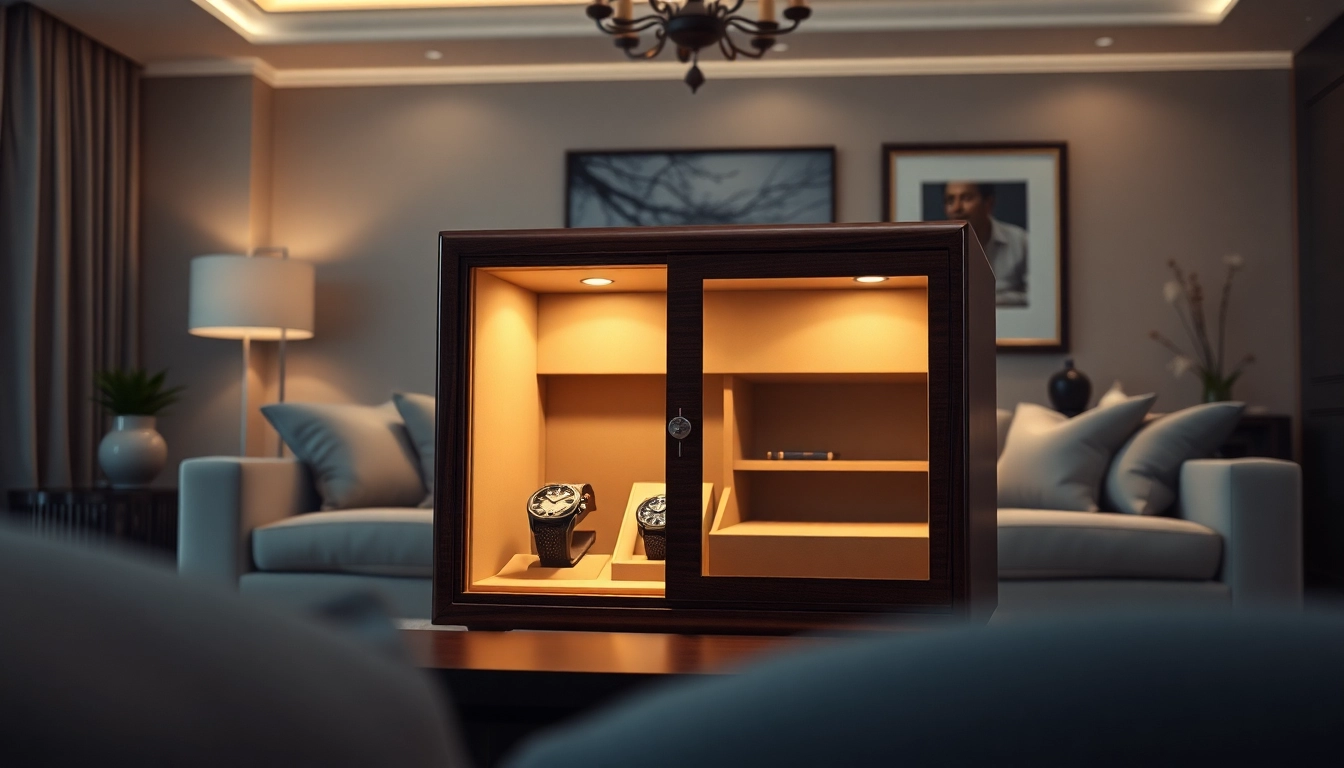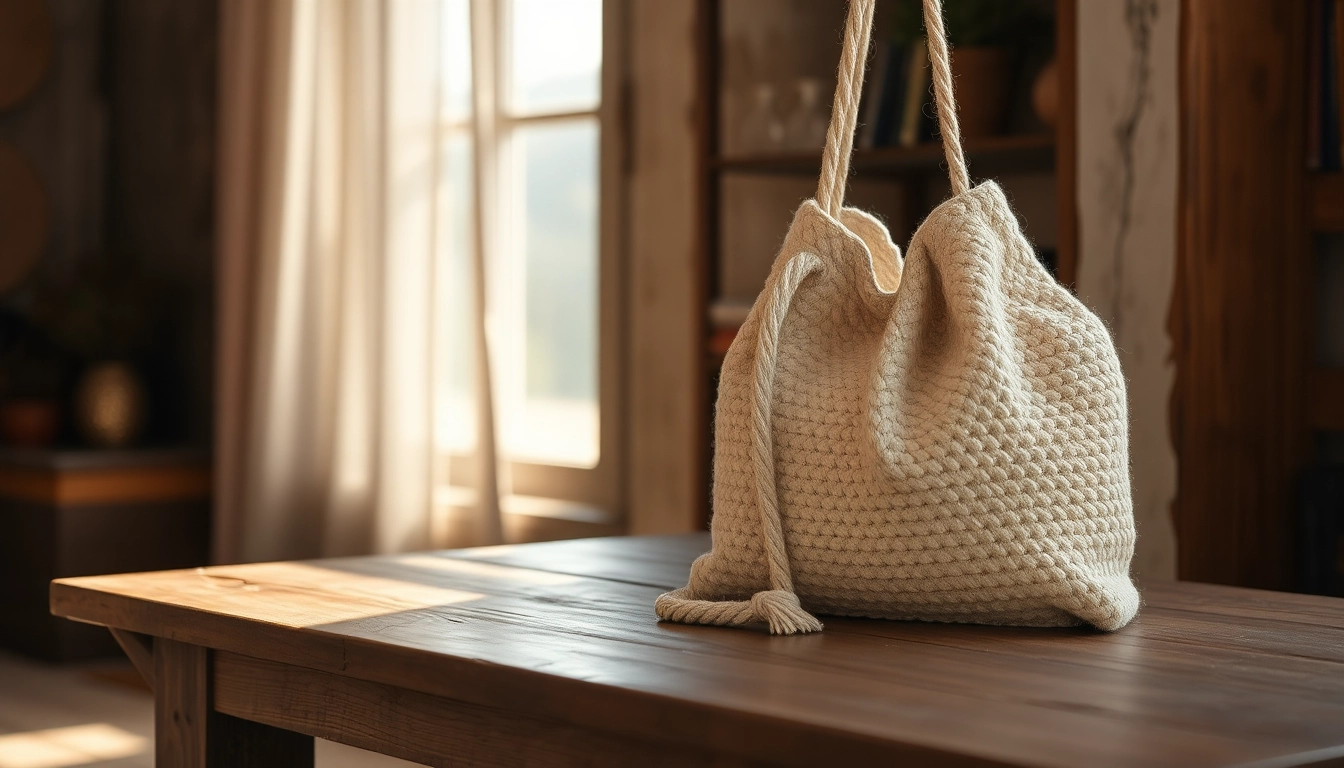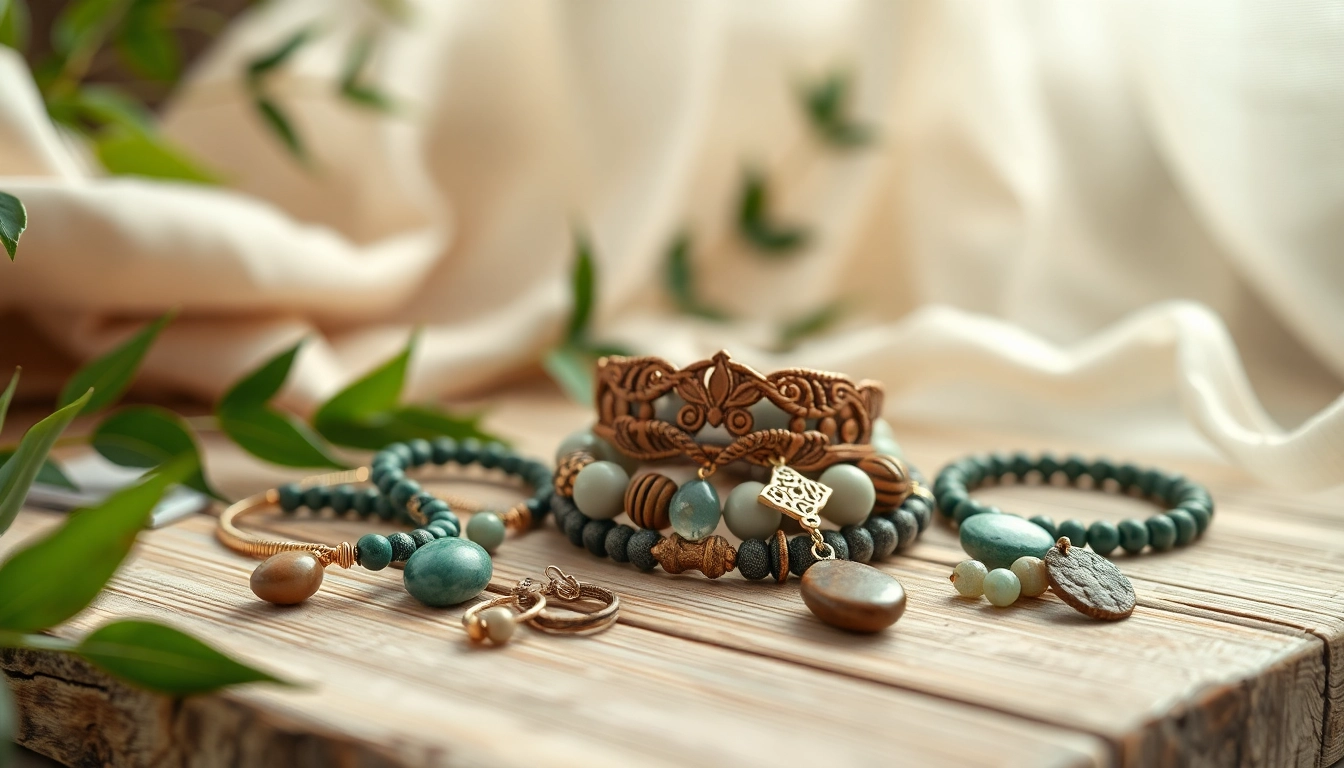Understanding the Importance of a Watch Safe
In a world filled with invaluable accessories, safeguarding your timepieces is crucial. The significance of investing in a watch safe cannot be overstated. Beyond mere storage, these safes offer an essential layer of protection and preservation for your prized watches.
The role of a watch safe in watch preservation
Watches are often cherished heirlooms or luxury items that require careful preservation. A watch safe serves as an optimal environment to maintain the quality and functionality of timepieces. By reducing exposure to fluctuating temperatures and humidity, watch safes help prevent moisture damage that can lead to corrosion and degradation. Additionally, a dedicated safe can create a space where watches are not subjected to harmful UV light, which can fade watch dials and damage materials over time.
How a watch safe protects against theft and damage
Theft and accidental damage pose significant risks to valuable watches. A well-constructed watch safe provides security with robust locking mechanisms and heavy-duty materials. Whether bolted to the floor or hidden within a wall, these safes deter potential thieves and provide peace of mind for the owner. Moreover, a watch safe acts as a protective barrier against physical damage, ensuring that watches remain scratch-free and in optimal condition for years to come.
User experiences: Why invest in a watch safe?
Many users report that investing in a watch safe has redefined how they approach watch ownership. From collectors who possess numerous rare watches to individuals who value a couple of cherished pieces, a watch safe offers a centralized and secure storage solution. Testimonials often highlight the reassurance that accompanies knowing one’s collection is safe from theft or environmental damage. Furthermore, a watch safe enhances the experience of ownership by promoting better organization and accessibility of watches.
Key Features to Look for in a Watch Safe
Materials and build quality of watch safes
When investing in a watch safe, the quality of materials and construction is fundamental. High-quality safes are often constructed from steel, making them resistant to potential break-ins as well as natural disasters. Look for safes with a fire-resistance rating, which indicates they can withstand extreme temperatures without damaging the contents. The build quality should also encompass secure seams, high-grade locking mechanisms, and possibly waterproof capabilities to further enhance the protection of your timepieces.
Security mechanisms: Locks and alarms
Security features are paramount in a good watch safe. While traditional key locks offer basic security, electronic locks provide heightened protection. Biometric locks that scan fingerprints can offer quick access while ensuring that only designated individuals can open the safe. Additionally, some modern watch safes are equipped with alarm systems that alert you to unauthorized access attempts, thus combining convenience and security effectively.
Watch winding capabilities in a watch safe
For automatic watches, a watch safe that includes winding capabilities is extremely beneficial. These safes can incorporate watch winders, which keep automatic timepieces wound and ready to wear. Investing in a safe with built-in watch winding mechanisms ensures your watches remain functional without needing manual winding, allowing you to maintain the longevity of their movement and overall condition.
Types of Watch Safes and Their Advantages
Wall-mounted vs. free-standing watch safes
When selecting a watch safe, one significant consideration is its placement. Wall-mounted watch safes offer the advantage of being concealed and can blend seamlessly into existing decor. This type of safe typically saves floor space and can be secured more firmly to deterrent removal. Conversely, free-standing safes may provide greater capacity and flexibility in storage options, allowing for a broader array of watches and additional jewelry items. Each type has its benefits, with selection often depending on personal preferences regarding space and concealment.
Comparing biometric and traditional lock systems
Biometric locks have gained popularity for their modern security features. By using fingerprint recognition, they provide an unprecedented level of security that traditional locks cannot match. However, traditional lock systems, while less technologically advanced, can be more user-friendly in certain contexts. Comparing these two can help buyers decide based on their needs for convenience, security, and accessibility in their daily routine.
Custom vs. ready-made watch safes
Some collectors may find that a custom-built watch safe matches their needs better than a standard model. Custom safes allow for personalization in size, compartment arrangement, and security features. On the other hand, ready-made options come with the advantage of availability and cost efficiency. When considering a watch safe, it’s crucial to weigh the benefits of customization against the practicality of ready-made choices tailored to average collections.
Best Practices for Using and Maintaining a Watch Safe
Optimal placement and organization for watches
Placement and organization within a watch safe can significantly impact usability. It is advisable to place a watch safe in a discreet but accessible location, ensuring it is secured yet convenient for regular use. Inside the safe, utilizing watch cushions or trays can help organize the collection and prevent damage by minimizing movement. Grouping watches by type or usage frequency can make the process of retrieving and storing them more efficient.
Regular maintenance and care for a watch safe
Regular maintenance of a watch safe includes checking the integrity of the locking mechanisms, inspecting seals for wear, and ensuring fire or water resistance remains intact. Additionally, it’s wise to periodically assess the internal environment for humidity and temperature. Using desiccants can help maintain a dry environment inside the safe, preventing moisture buildup that could harm the watches.
Updating security measures for evolving risks
As personal security needs evolve, so should the security features of your watch safe. Keeping abreast of new technologies and security innovations, such as upgraded locking systems or remote monitoring capabilities, is essential. Ensuring that the security measures remain robust against modern threats will provide continued peace of mind, reinforcing the value of your investment in a watch safe.
Conclusion: Investing in a Watch Safe
Assessing your personal watch collection needs
Before purchasing a watch safe, assess your individual needs by considering the size and value of your collection, along with your storage preferences. Understanding the specifics of your watch types can guide you in selecting a safe that provides optimal protection and features tailored to your collection.
Long-term benefits of a quality watch safe
Investing in a quality watch safe pays long-term dividends by preserving the value and functionality of your watches. Beyond immediate protection against damage and theft, a dedicated safe fosters a secure environment that can enhance the overall experience of watch ownership. With the right features, a watch safe can maintain your collection in pristine condition for generations.
Choosing the right watch safe for your lifestyle
Ultimately, choosing the right watch safe revolves around personal preference, lifestyle, and the specific demands of your collection. Whether you prioritize security, aesthetics, or functionality, understanding the myriad options and methods available ensures that your watch safe is an investment worth making.



